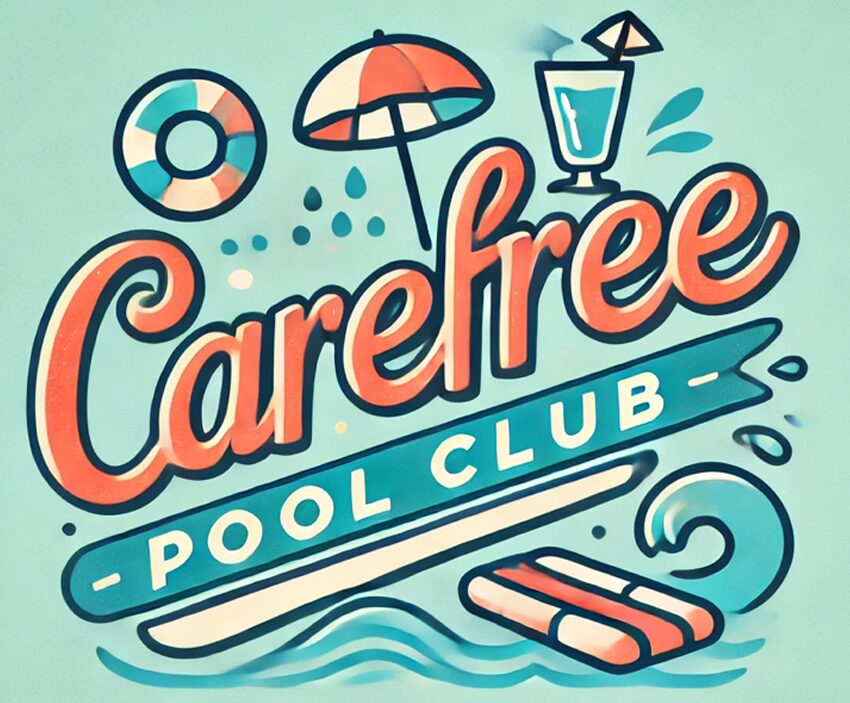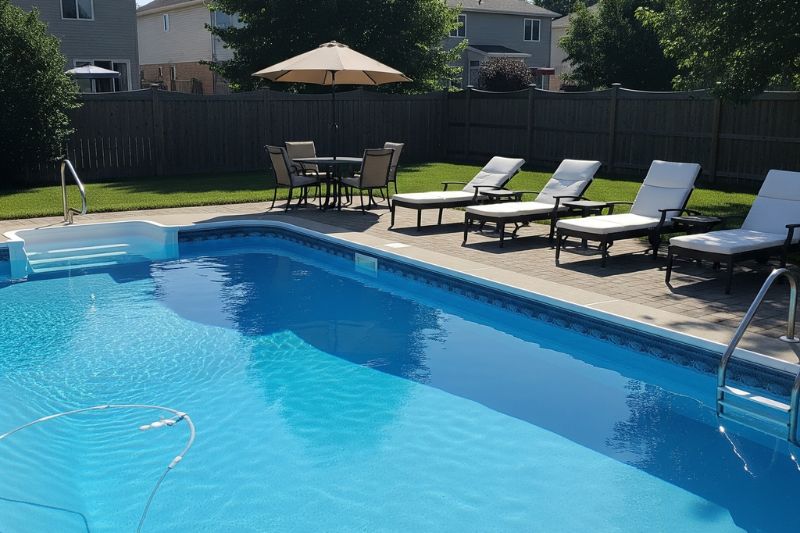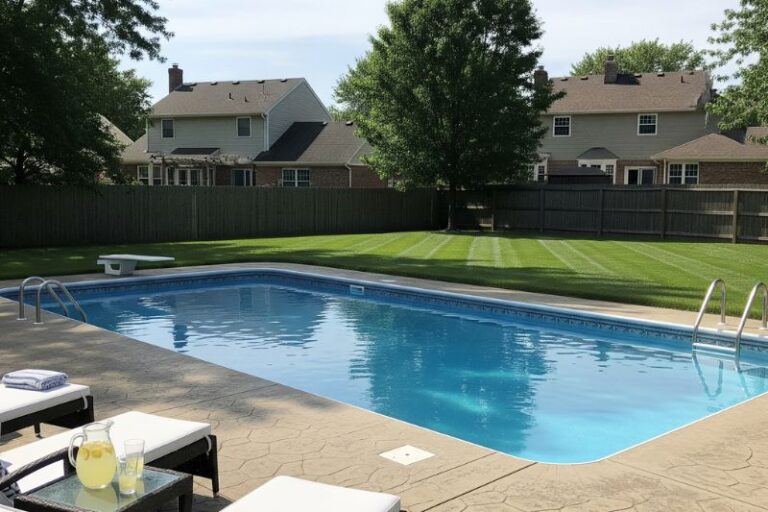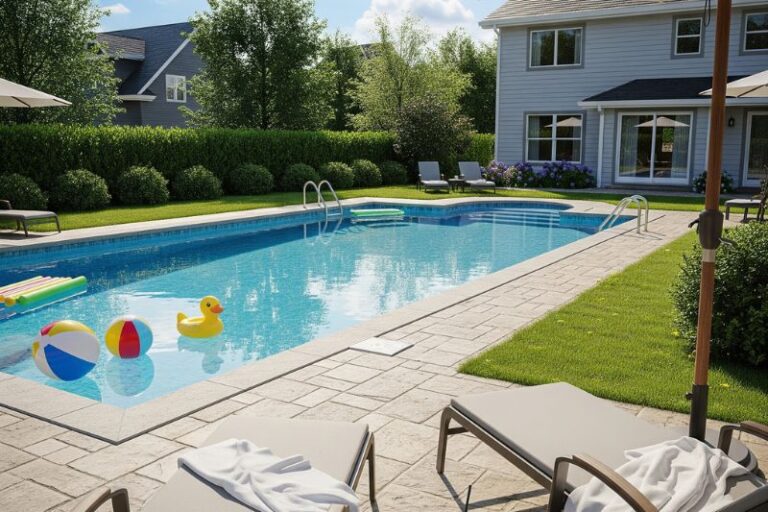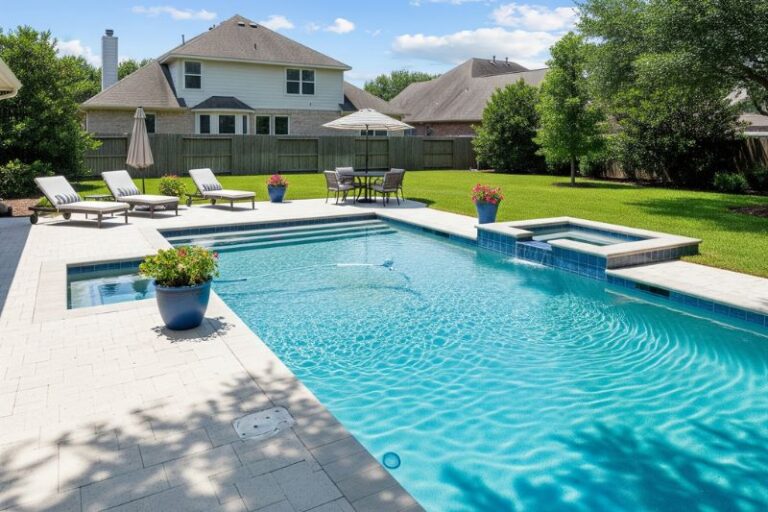So, you thought you nailed pool care, didn’t you? You checked chlorine, maybe tested pH, and even bragged about shocking your pool “right on schedule.” Yet here you are, staring at crusty white scale on the tiles like your pool is growing barnacles. Let’s be honest, your calcium hardness levels have been begging for attention, and you ghosted them. Now the pool is calling you out.
The Silent Saboteur: Calcium Hardness
Here’s the thing most homeowners don’t want to admit: calcium hardness is not optional. Too high, and your pool looks like a science experiment gone wrong with scale coating every surface. Too low, and your liner or plaster starts eroding like it’s dissolving out of spite. The ideal range is 200–400 ppm. Translation? Stop pretending you can ignore it, because the water is keeping score.
Simple Fix: Test calcium hardness monthly. If it’s too high, partially drain and refill with fresh water. Too low? Add a calcium increaser and stop acting like this isn’t your problem.
Mistake #1: Thinking pH Alone Runs the Show
Everyone loves to obsess over pH like it’s the golden child of pool care. Yes, it matters. But if your calcium hardness is high and your pH creeps up, congratulations, you just made scale form faster than you can say “white crust.” Ignoring the chemistry combo is like leaving milk on the counter and being shocked it turns sour.
Simple Fix: Keep pH between 7.2 and 7.6. If calcium is high, aim for the lower end to slow scale formation.
Mistake #2: Forgetting About Evaporation
You refill your pool constantly because of evaporation, but here’s the kicker: water leaves, calcium stays. Every refill sneaks more minerals into the mix, and suddenly your pool is a chalkboard. Homeowners love to blame “bad chemicals” when really, it’s their hose delivering a calcium buffet.
Simple Fix: Test fill water before adding it. If it’s loaded with calcium, use a sequestrant to bind minerals or install a water softener. Don’t keep topping off without checking what you’re dumping in.
Mistake #3: Ignoring Early Warning Signs
That faint cloudy haze you brushed off? It wasn’t a “weird weather day.” It was calcium scaling’s first whisper. Then your heater efficiency dropped, and you blamed the equipment. Spoiler: it’s your water chemistry, not the pump’s fault.
Simple Fix: When water looks cloudy for no reason, check calcium hardness before replacing parts you don’t need.
Mistake #4: Trusting Test Strips Too Much
Yes, strips are easy. No, they are not accurate enough for calcium hardness. If you’re relying solely on those, you’re basically running your pool blindfolded and then crying when scale pops up.
Simple Fix: Invest in a liquid test kit or take water to a professional for a proper read. Strips are fine for quick checks, but they’re not gospel.
The Ranty Reality Check
Your pool didn’t betray you. You betrayed your pool by pretending calcium didn’t matter. Scale is not just ugly, it shortens equipment life and eats your wallet in repairs. So, either you start paying attention, or get comfy with the idea of scraping tile like it’s your new hobby.
Your “Don’t Be That Person” Checklist
- Test calcium hardness monthly, no excuses.
- Keep levels between 200–400 ppm.
- Balance pH in sync with calcium.
- Watch for early signs like cloudy water or rough tile.
- Stop over-relying on test strips.
Case closed. Calcium scale is preventable, and now you know the truth. The only mystery left is whether you’ll actually do something about it.
